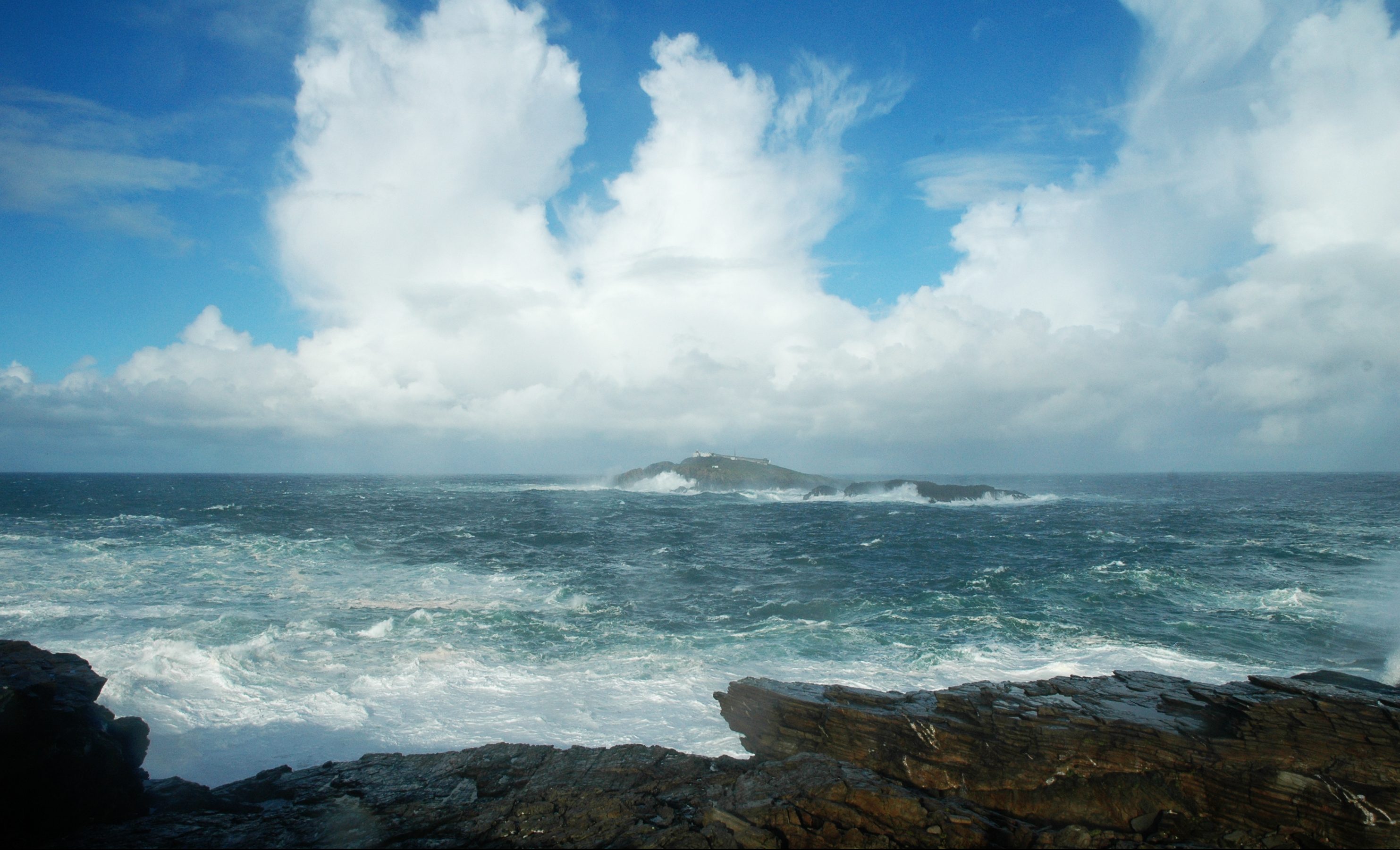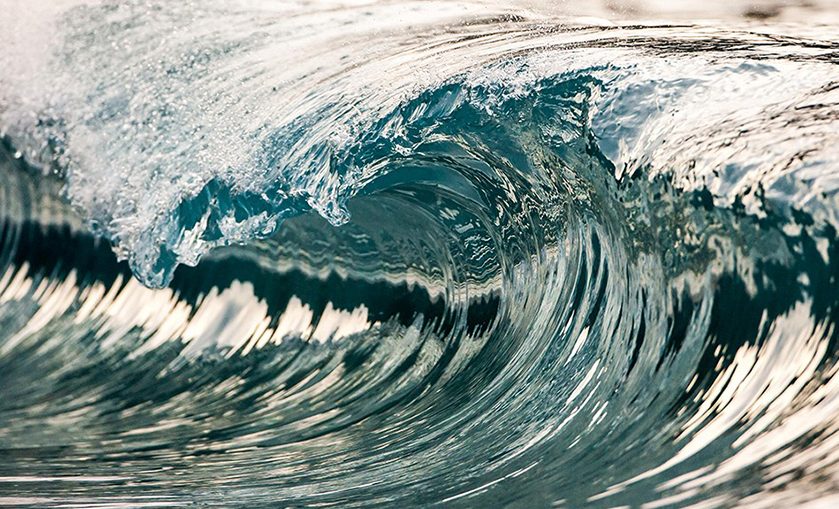Copernicus Marine Service releases global wave reanalysis product

18.12.2019
Copernicus Marine Service announced a new December 2019 catalogue that includes a wide range of updates including the release of a global wave reanalysis product with data back to 1993. This is one of the most awaited products, especially from the natural resources & energy and marine navigation sectors. It allows us to better understand ocean wave behavior over the last quarter of a century.
This can be used for a wide range of Blue applications from siting renewable wave energy farms to identifying areas where ship structures and hulls endure the worst wear to improve their designed.
The global wave reanalysis model product [001_032] is produced by Mercator Ocean International and Meteo France in Toulouse, France for the Copernicus Marine Service through the Global Monitoring and Forecasting center. The wave model used in the reanalysis is the 4th version of the MFWAM model, which is driven by atmospheric forcing (winds and ice fraction) from ECMWF ERA5 reanalysis. The latter has shown a significant improvement from the previous reanalysis ERA-Interim product.

The Copernicus Marine wave reanalysis provides 3-hourly updates on more than 20 integrated parameters including ones for wind-sea interactions and first and secondary swell wave systems. It is very accurate in areas of the ocean where there wave-current interactions are a dominant feature. The wave reanalysis is also highly useful for long swell propagation.
The global wave reanalysis model includes the assimilation of altimeter wave data available from the Topex-Poseidon to the Sentinel-3A missions. It also assimilates directional wave spectra from Synthetic Aperture Radar (SAR) of the Sentinel-1A and 1B missions. It is the first time in the world that such directional wave spectra are assimilated into a global wave model reanalysis. It also uses a 3-hourly surface current forcing provided by the Copernicus Marine global ocean physics reanalysis with a grid resolution of 1/12° (approx. 8kmx8km).
Stephane Law Chune, oceanographer at Mercator Ocean, comments on the wave product: “Taking into account the Glorys12 model currents makes it possible to accurately represent the dynamic action of ocean currents on waves that cause changes in period, direction and height. This is particularly important for areas dominated by intense currents and generating eddies, especially the western edge currents (Gulf Stream, Kuroshio, needle currents, etc.), but also at the equator and in Antarctica“.
Lotfi Aouf, oceanographer at Meteo France, who works directly on developing this wave product discusses the accuracy of the model in detail: “The results on the comparison between the wave reanalysis and independent wave data such as buoys and altimeter HY2A reveals very accurate wave parameters (see the QUID document). For instance the scatter index of significant wave height is globally less than 10% in high and mid latitudes, and even less than roughly 8% in the tropics, as illustrated in the figure 1”. The validation with independent altimeter HY2A has shown improvement of scatter index of significant wave height by roughly 15% in comparison with ERA5 products. Preliminary validation tests have shown improvement by 15% in scatter index for large scale high currents areas. The comparison with Hawaiian buoys has shown a good scatter index of peak period with less than 10%.
